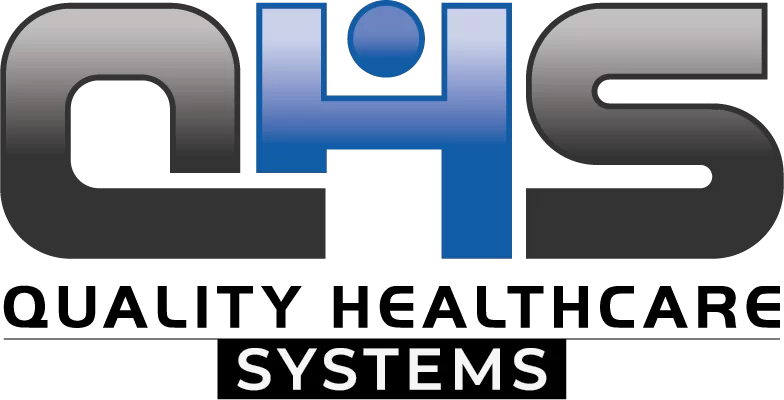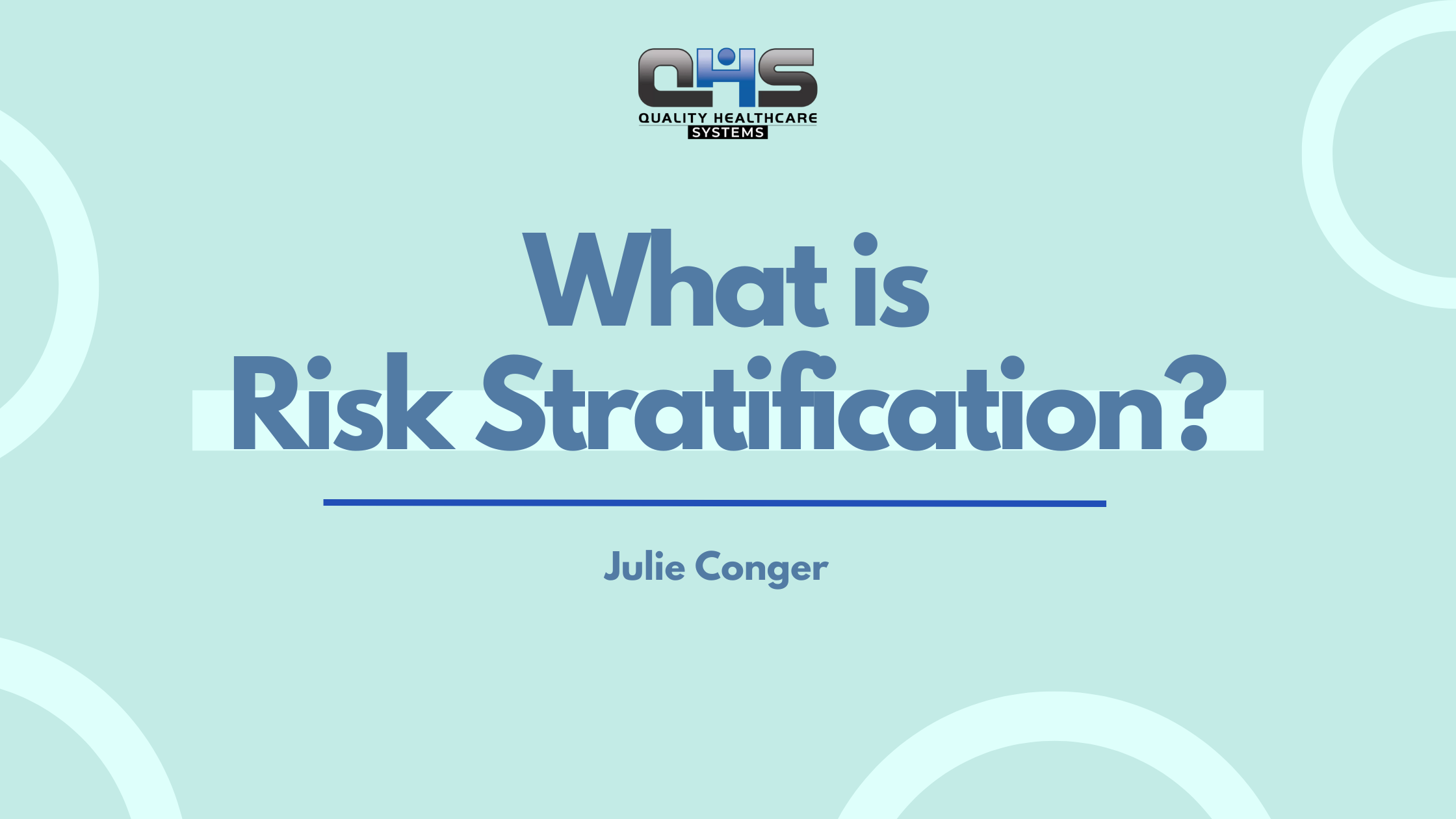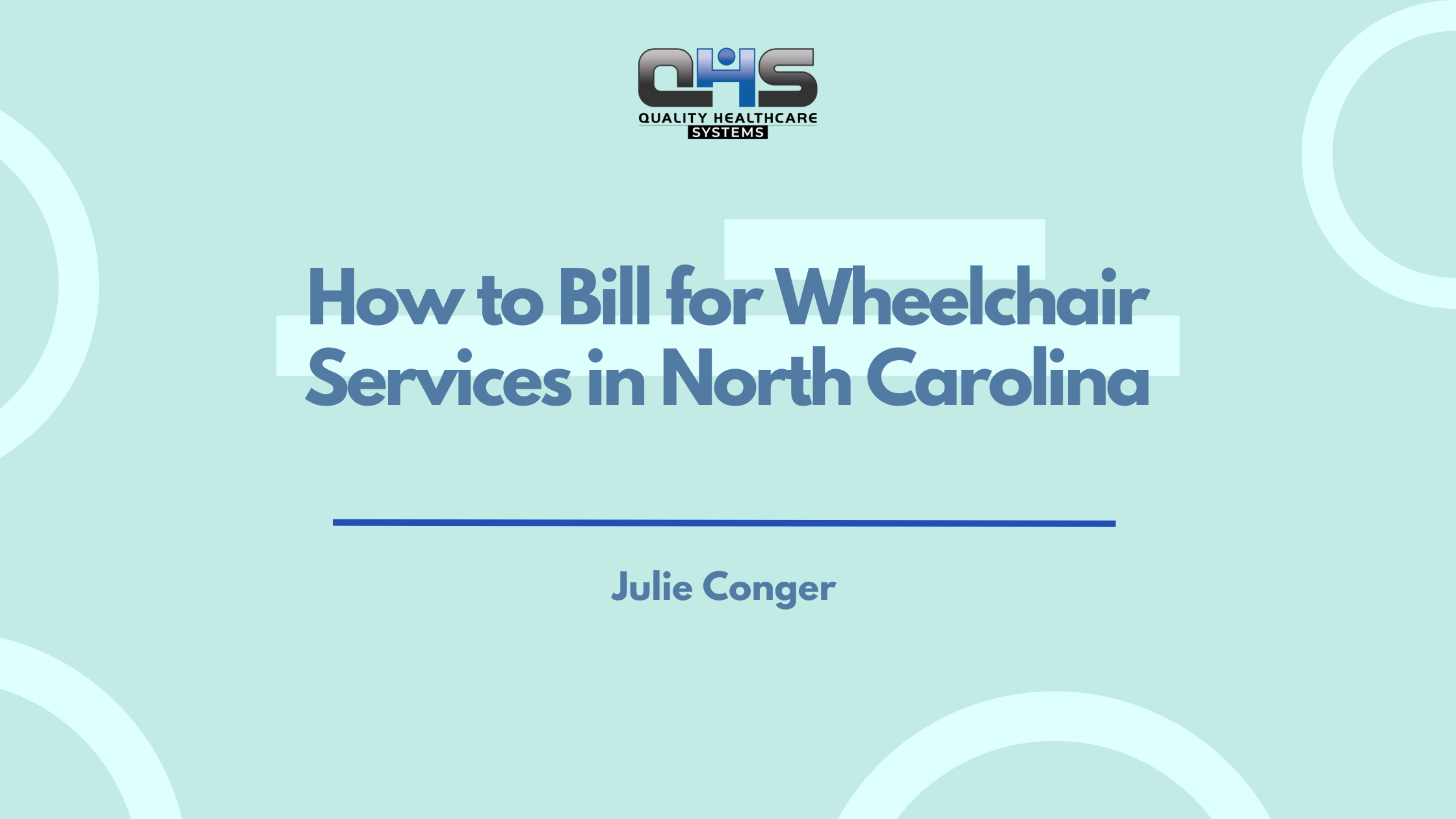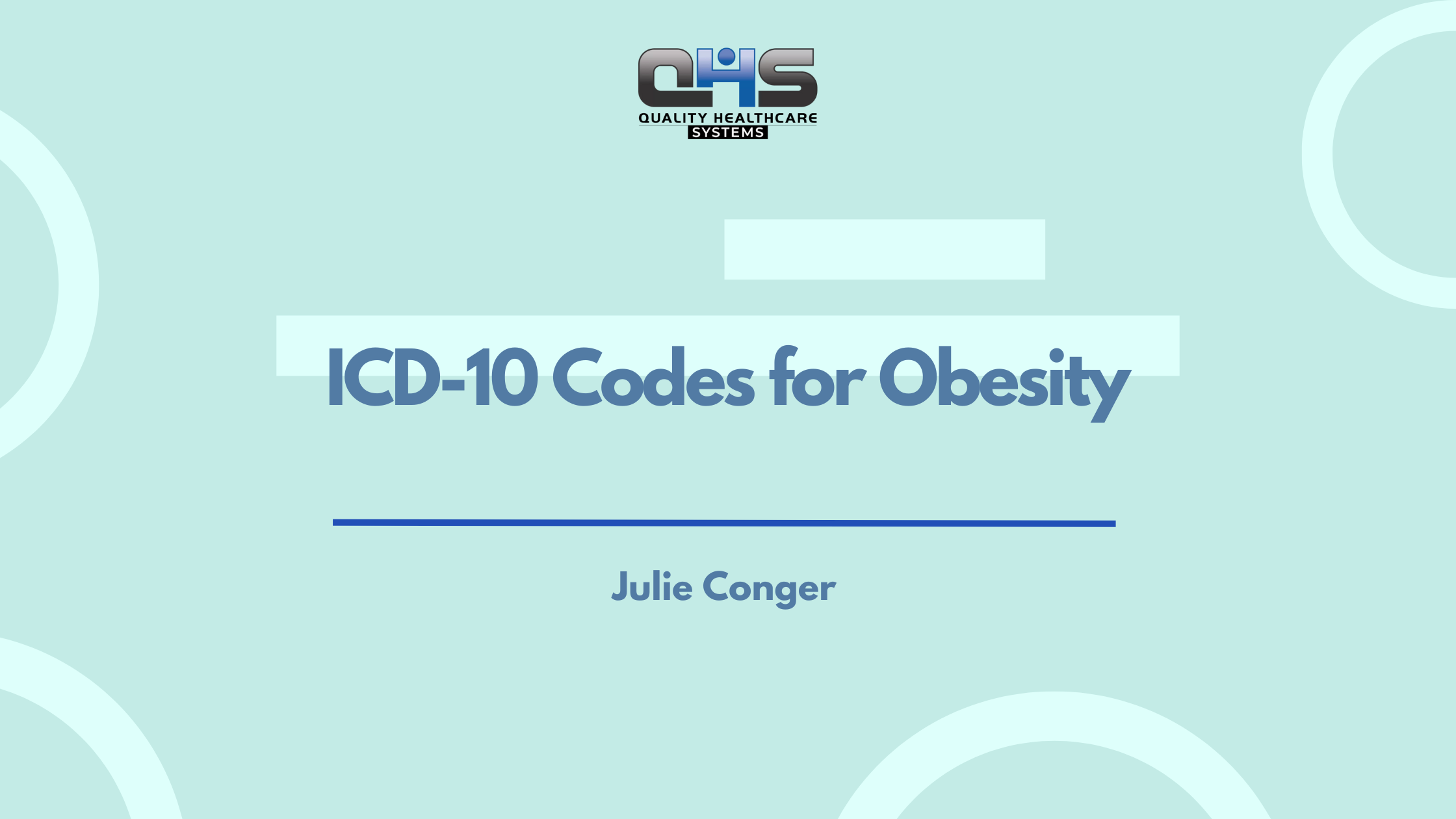Risk stratification is an essential concept in healthcare that allows providers to classify patients based on their risk levels for certain health conditions, complications, or outcomes. By assessing and categorizing patients—whether they are at low, medium, or high risk—clinicians can better allocate resources, tailor care plans, and focus on interventions that will lead to the best possible outcomes. In this blog, we will explore what risk stratification is, why it’s crucial for patient care, and how it plays a vital role in enhancing population health management.
What is Risk Stratification?
Risk stratification refers to the process of assessing and categorizing patients into different risk groups based on factors like age, medical history, current health status, and specific conditions they may have. This helps healthcare providers better understand the likelihood of patients developing certain conditions or complications, enabling them to prioritize interventions, improve care quality, and ultimately manage healthcare resources more efficiently.
For example, a healthcare provider may identify a diabetic patient who is not well-controlled and stratify them into a higher-risk group. This helps the provider take immediate action to prevent complications, such as managing their blood sugar more effectively or monitoring for early signs of kidney damage.
Let QHS streamline your revenue cycle while you stratify risks to improve patient care!
Why is Risk Stratification Important for Patient Care?
Risk stratification enables healthcare providers to offer more personalized care by focusing on patients who need it the most. Some of the key reasons why it’s important for patient care include:
- Targeting High-Risk Patients: By identifying high-risk patients early on, healthcare providers can prioritize resources and interventions for those most in need. This reduces the likelihood of patients experiencing preventable complications, hospitalizations, or unnecessary treatments.
- Cost-Effective Healthcare: Risk stratification can also contribute to cost reduction. By focusing resources on high-risk patients and preventing unnecessary hospitalizations, healthcare systems can reduce the overall cost of care while maintaining high-quality services.
- Improved Outcomes: Early identification of health risks enables healthcare providers to intervene at the right time, potentially preventing the development of more severe health issues. Risk stratification allows for timely treatments and preventive measures, which can lead to improved patient outcomes.
- Better Resource Allocation: Healthcare systems are often limited by resources. By using risk stratification, providers can allocate resources more effectively, ensuring that high-risk patients receive the care they need while minimizing unnecessary treatments for low-risk patients.
Risk Stratification Tools in Healthcare
There are several tools available to help healthcare providers implement risk stratification in their practices. These tools range from simple questionnaires to advanced software platforms, and they are designed to assess a variety of health factors. Some popular tools for risk stratification include:
- Health Risk Assessments (HRAs): These are questionnaires that ask patients about their lifestyle, medical history, and current health conditions. The answers help clinicians determine a patient’s risk level for certain diseases.
- Risk Stratification Models: These models use data and algorithms to predict the likelihood of patients developing specific conditions, such as cardiovascular disease, diabetes, or cancer. They help healthcare providers make informed decisions about patient care.
- Population Health Management Software: Many healthcare organizations use specialized software to manage and analyze patient data for risk stratification. These tools can integrate data from electronic health records (EHR), claims data, and other sources to create a more complete picture of patient health and risks.
Reduce the risk of denied claims with our denial management services and get paid faster!
Examples of Risk Management in Healthcare
Risk management in healthcare is a broad strategy that includes identifying, assessing, and managing potential risks to patient health. For example:
- Chronic Disease Management: For patients with chronic conditions such as diabetes or hypertension, risk stratification can help clinicians track disease progression and identify patients at higher risk for complications. By proactively managing these patients, healthcare providers can prevent adverse outcomes like heart attacks, strokes, or kidney failure.
- Prevention of Hospital Readmissions: High-risk patients, such as those recently discharged after surgery, may need closer monitoring to prevent readmission. Risk stratification can identify those at risk for complications and ensure that post-discharge care is properly managed.
- Care for Aging Populations: Older adults are often at higher risk for conditions like dementia, falls, or medication-related complications. By using risk stratification tools, healthcare providers can ensure that these individuals receive the appropriate care, reducing unnecessary hospital visits or adverse events.
The Role of Population Health Management
Population health management (PHM) is a strategy that focuses on improving the health outcomes of a specific population by addressing the needs of individuals within that population. Risk stratification plays a key role in PHM by helping healthcare providers identify the specific needs of patients based on their risk factors.
With an effective PHM strategy, healthcare organizations can prioritize care based on risk levels, making it possible to focus efforts on patients who need the most support, such as those with multiple chronic conditions or high risk for hospitalization. This leads to more efficient use of healthcare resources, better health outcomes, and reduced healthcare costs.
Benefits of Risk Stratification for Practices
Integrating risk stratification into your practice offers numerous benefits, including:
- Improved Patient Care: By focusing on high-risk patients, healthcare providers can offer more targeted, individualized care that improves overall patient health.
- Cost Savings: By reducing unnecessary interventions and hospital readmissions, risk stratification can contribute to significant cost savings for healthcare practices.
- Enhanced Patient Satisfaction: When patients feel their healthcare provider is addressing their specific needs and risks, they are more likely to be satisfied with their care.
- Increased Operational Efficiency: Risk stratification enables practices to better allocate their time and resources, improving the overall efficiency of their operations.
Conclusion
Risk stratification is a powerful tool in healthcare that allows providers to offer more personalized, effective, and cost-efficient care. By assessing the health risks of their patients, providers can prevent complications, manage chronic conditions more effectively, and improve overall outcomes. As healthcare continues to focus on value-based care and population health strategies, risk stratification will play an even more critical role in shaping the future of patient care. By leveraging the right tools and strategies, healthcare providers can enhance their practice and deliver better care for their patients.






